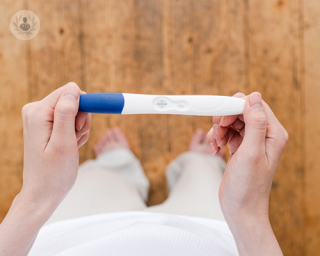Myomectomy
Miss Neelam Potdar - Obstetrics & gynaecology
Created on: 04-16-2020
Updated on: 08-21-2023
Edited by: Conor Lynch
What is a myomectomy?
A myomectomy is a surgical procedure performed to remove uterine fibroids, which are common non-cancerous growths that appear in the womb. Your gynaecologist might recommend shrinking the fibroids if they are causing persistent symptoms, such as heavy bleeding and pain.
In some women, however, uterine fibroids are asymptomatic and treatment isn’t necessary. A myomectomy is an alternative to a hysterectomy (the surgical removal of the uterus) if a woman would still like to get pregnant and have children.

How do I know if a myomectomy is right for me?
The procedure isn’t suitable for all types of fibroid. The specialist will determine whether you are eligible for a myomectomy by taking the size, number and position of your fibroids into consideration.
How is myomectomy performed?
There are three possible ways for myomectomy to be performed:
1. Abdominal (laparotomy)
This traditional open surgery method is used if the fibroids are really large, there are a lot of them, or they are deep inside the uterine wall. Under general anaesthesia, the gynaecologist will make a cut in the lower abdomen to remove them. The uterine muscle will then be sewn back together. If you intend to get pregnant in the future, the doctor might recommend a C-section, which lowers the risk of your uterus opening when you are in labour.
2. Hysteroscopic
This operation is performed if the fibroids are inside the uterus. A surgical tool called a hysteroscope, which is like a telescope, enables the doctor to see the fibroids. If it has a wire loop fitted, it’s called a resectoscope that enables the surgeon to remove the fibroids with high-frequency electrical current to cut them loose.
3. Laparoscopic
The surgeon makes small cuts, which enables their small specialised tools to remove the fibroids. The minimally-invasive procedure eliminates the need for traditional open surgery.
Can uterine fibroids grow back after surgery?
A myomectomy is an effective treatment for fibroid removal, however, there is a chance that they will grow back in the future and further surgery will be needed.
















